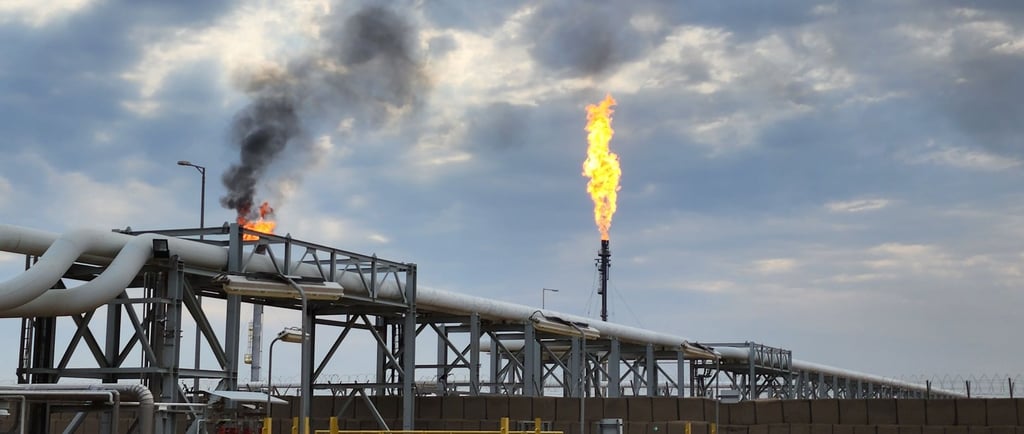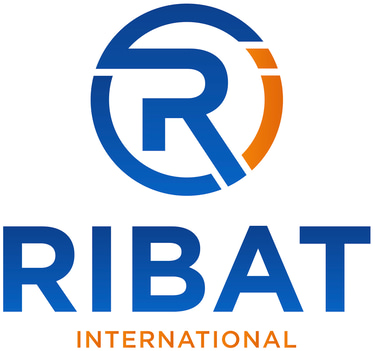Libya Oil and Gas Report
Over the past two weeks, Libya’s oil and gas sector has maintained steady production levels, strengthened its export performance, and secured new international cooperation agreements aimed at exploration and infrastructure development.
8/14/20252 min read


Libya Oil & Gas Sector – Two-Week Update: Production Steady, New Deals Signed, and Infrastructure Works Advance
Tripoli, August 14, 2025 – Over the past two weeks, Libya’s oil and gas sector has maintained steady production levels, strengthened its export performance, and secured new international cooperation agreements aimed at exploration and infrastructure development. Despite ongoing political tensions and the ever-present risk of security disruptions, the industry is showing signs of renewed confidence.
Production and Export Performance
National production has held steady at between 1.1 and 1.2 million barrels per day, supported by consistent export flows from major terminals including Es Sider, Ras Lanuf, Zueitina, and Mellitah. Shipping schedules have remained largely unaffected, with tankers loading on time and no significant delays reported.
According to sector insiders, the National Oil Corporation (NOC) is pushing ahead with plans to raise production to 1.4 million barrels per day over the coming months. Achieving this goal will require well rehabilitation, upgrades to power supply at key fields, and preventive maintenance at critical infrastructure points.
New Exploration and Development Agreements
A major announcement during this period was the signing of fresh cooperation agreements between the NOC and international oil companies for offshore exploration in the Mediterranean. These agreements include seismic surveys and technical studies in several underexplored offshore blocks, which could pave the way for new drilling campaigns in the near future.
Onshore, the NOC has advanced rehabilitation projects in the Sirte Basin and Murzuq Basin. Work crews are repairing pipelines, replacing outdated well components, and restarting production from sites that were previously offline. The goal is to bring these wells back online before year-end to contribute to the production increase target.
Infrastructure Maintenance and Upgrades
Several key export terminals have seen accelerated maintenance programmes, including tank farm repairs, berth refurbishments, and upgrades to loading systems. These improvements are designed to reduce delays, increase capacity, and ensure readiness for higher export volumes.
Pipeline integrity inspections are ongoing, particularly in the south and east, where logistical challenges and harsh environmental conditions can cause deterioration. Repair teams have been deployed to address vulnerabilities and prevent service interruptions.
Political and Security Environment
While the sector remains operational, Libya’s political divide continues to create uncertainty. The Tripoli-based Government of National Unity and the eastern House of Representatives remain at odds over oil revenue management and budget allocations. Although the NOC has maintained neutrality, political disputes can still slow decision-making and hinder investment timelines.
Security conditions at most oil facilities remain stable. However, periodic flare-ups in certain producing areas underline the need for constant monitoring and contingency planning. In some regions, local armed groups maintain influence and can disrupt operations if political or economic grievances escalate.
Outlook
With stable production, ongoing infrastructure upgrades, and fresh exploration deals, the outlook for Libya’s oil and gas sector in the short term remains positive. Medium- to long-term gains, however, will depend on maintaining political stability, attracting sustained investment, and safeguarding operational security.
For operators and investors, the coming months will require close coordination with the NOC, proactive logistical planning, and flexible project scheduling to navigate both the opportunities and risks present in the sector.
Ribat International continues to track developments in Libya’s oil and gas industry, providing in-depth reporting, due diligence, and operational advisory services for clients active in this critical sector. Download our latest Oil & Gas Insight Report for detailed production data, political analysis, and tailored recommendations.
Ribat International
Delivering security, travel, and emergency support solutions tailored to your needs
Contact Us
enquires@ribat-international.com
+218954080909
© 2025. All rights reserved.
MESSAGE US
Explore
About
Services
Products
News & Insights
